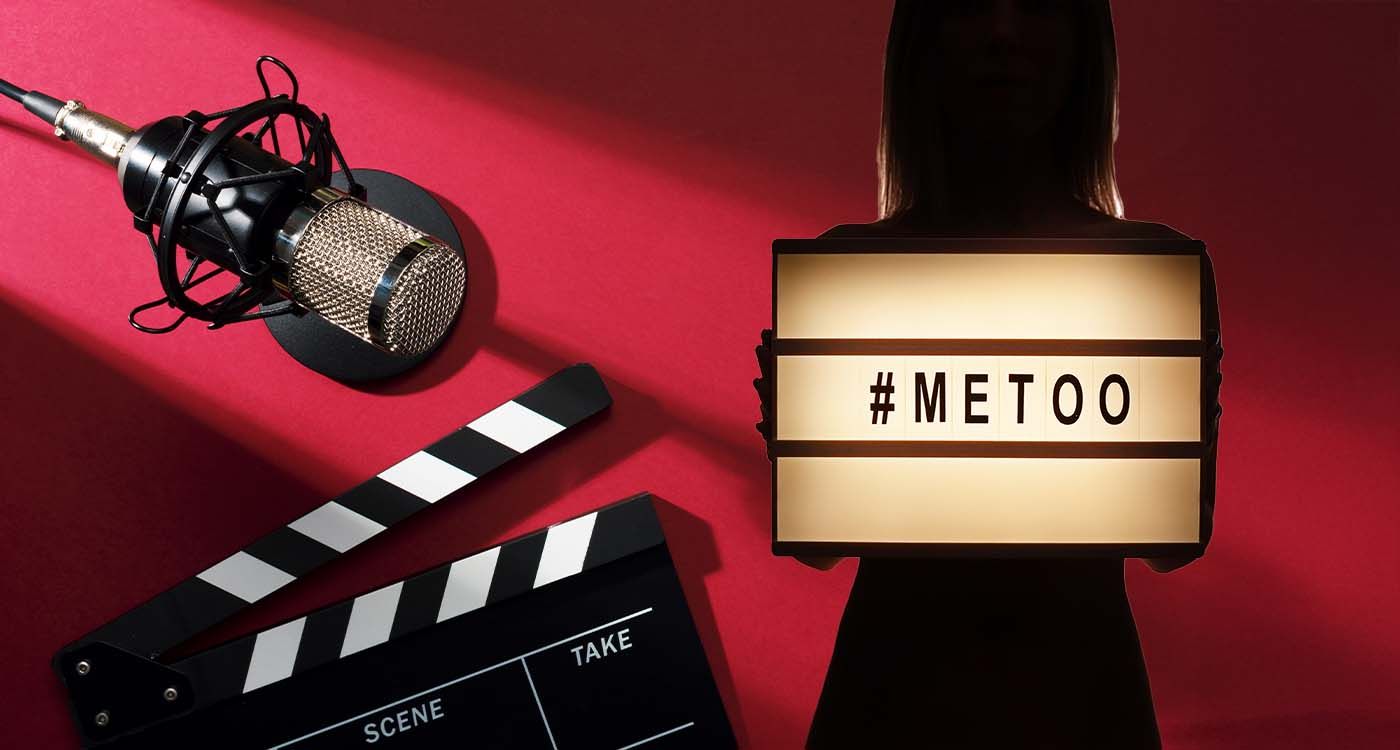
Can we still listen to the music of an accused artist or watch a film by a filmmaker whose reputation has been tarnished? Since #MeToo, audiences, critics and artists have been divided over whether an artwork can truly be separated from its creator. Should the work stand on its own, or do the artist’s actions shape how it is received? This final installment of our series examines the delicate line between moral judgment and artistic appreciation.
On the sidewalk outside the Champo in Paris in 2019, during the release of J’accuse, filmgoers’ queue mingled with banners protesting the selection of Polanski’s work. That same month, Spotify announced the temporary removal of R. Kelly’s tracks from its official playlists, bowing to media pressure. But six weeks later, the platform restored part of his catalog, citing the need to distinguish the artist from his actions. From Paris to London to New York, cultural institutions have navigated a delicate balance between moral expectations and creative freedom. Programming decisions have become a matter of public debate, and today, screening or recommending a work carries political weight.
Audiences face a moral dilemma. In Los Angeles, the Grammy Academy withdrew R. Kelly’s nomination in January 2020, yet his global streaming numbers barely faltered. People navigate their own contradictions. Some have avoided Michael Jackson since HBO’s Leaving Neverland aired in March 2019, while others insist his songs remain part of our shared cultural heritage. The numbers reflect this ambivalence. In France, cinema attendance for Polanski dropped by thirty percent after the film’s release, even as international sales grew, according to the CNC. These works now inhabit a gray zone, neither banned nor celebrated, where curiosity sits uneasily alongside discomfort.
The divide between work and creator is increasingly fragile in the era of social media. A single tweet can reignite controversy over a decades-old film, while a TikTok video can thrust a work back into the spotlight alongside its creator’s legal troubles. In 2023, American essayist Ted Gioia argued that complete separation has become virtually impossible. The moment someone clicks on an artist’s name, algorithms resurrect the associated scandal. Digital memory refuses to let go.
Platform Accountability
Meanwhile, some advocate for greater accountability from broadcasters and platforms. The documentary Surviving R. Kelly investigates the economic circuit, copyright issues and the role of distributors in the artist’s responsibility. In 2022, Deezer began directing a portion of revenues from certain controversial artists to organizations supporting victims. In London, the National Gallery added contextual notes to its Gauguin exhibits, highlighting his relationships in Tahiti, which sparked debate over how such works should be framed. These measures reveal both the ingenuity of cultural institutions and their uncertainty in a divided society.
In cinemas and across social media, audiences tread carefully. Should they boycott, skip or watch fully aware? Each viewer sets their own boundaries. In Sweden, the Cinematheque’s decision to pull Woody Allen’s films sparked an outcry. In Italy, retrospectives go ahead, arguing that works must be judged in the context of their time. Critics hesitate to review, and journalists debate the appropriate distance to maintain. Streaming platforms sometimes add content warnings, while festivals — from Berlin to Toronto — choose to spark public discussion rather than enforce invisible censorship.
Cancel culture is reshaping collective memory. Erasing every film or song linked to untouchable figures risks oversimplifying cultural history, while inaction only prolongs the silence surrounding victims. Between these extremes, society seeks balance. Some French festivals publish full crew lists to spotlight collective effort. Others experiment with labels or contextual notes, without ever removing the works. Perhaps the true legacy of #MeToo lies in this insistence on transparency and informed choice, fostering shared responsibility among distributors, artists and audiences.
The debate is far from over. To watch, to listen and to read have all become moral acts. Nothing feels innocent anymore.
This fourth installment concludes our series on #MeToo and culture. While the debate remains open, it reflects how our era keeps redefining the boundaries between art, ethics and collective responsibility.




Comments